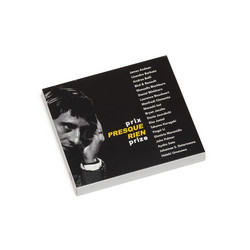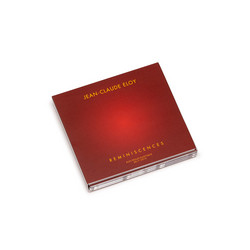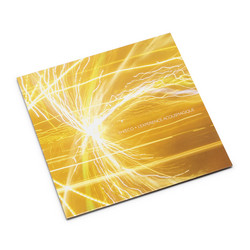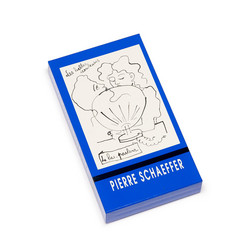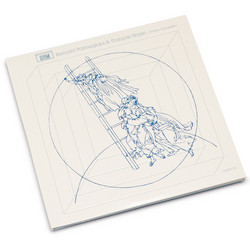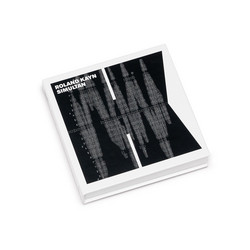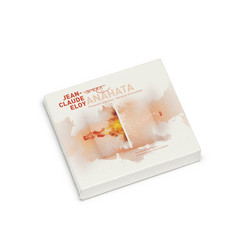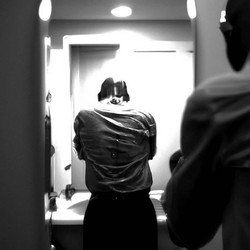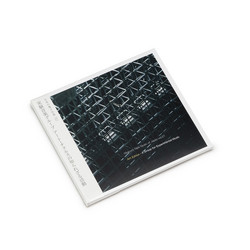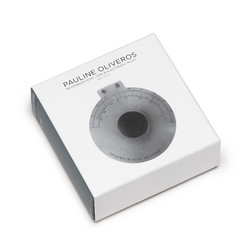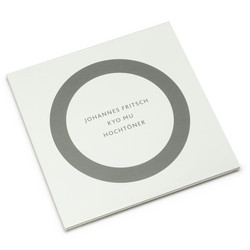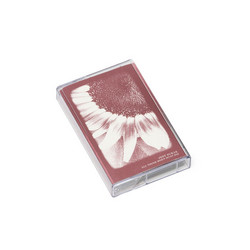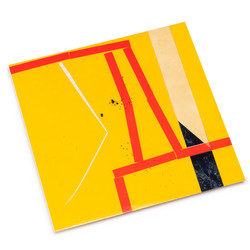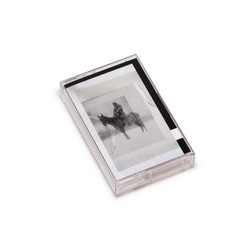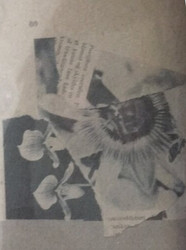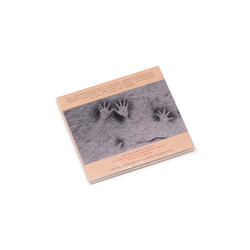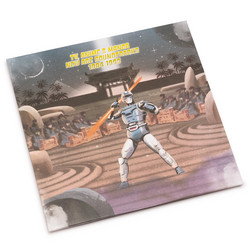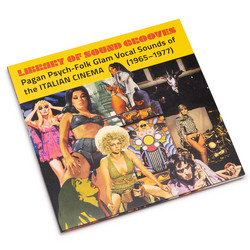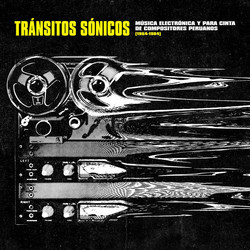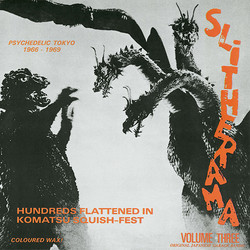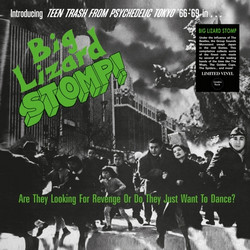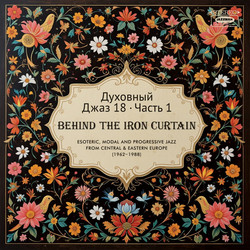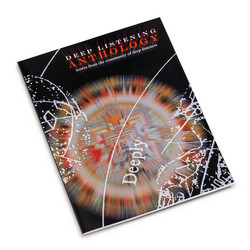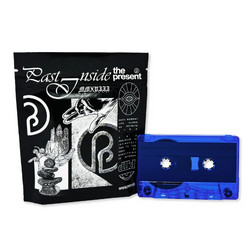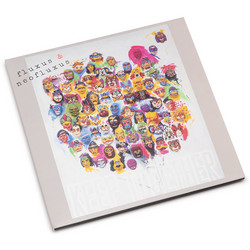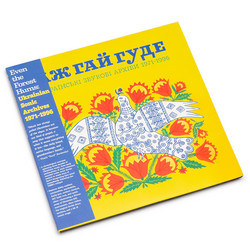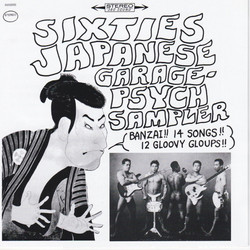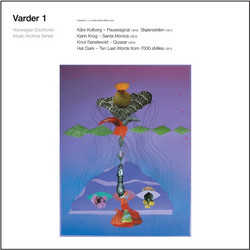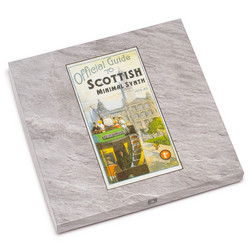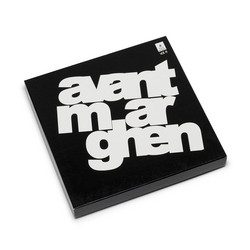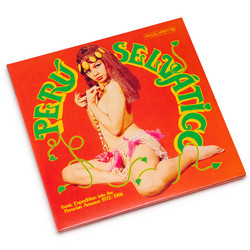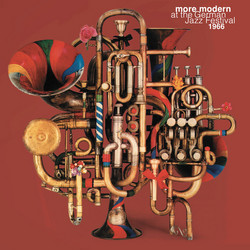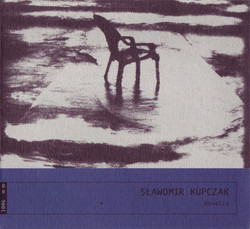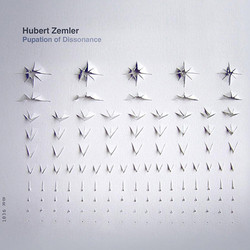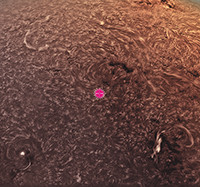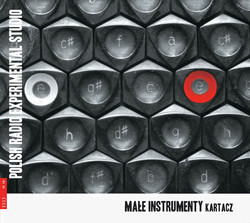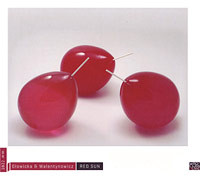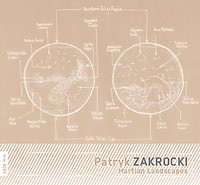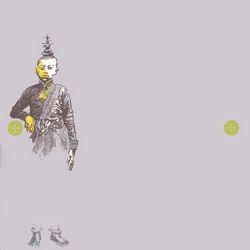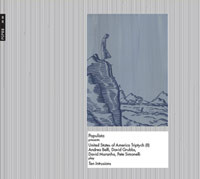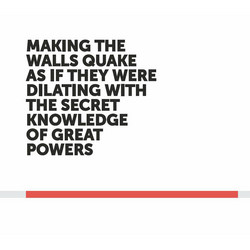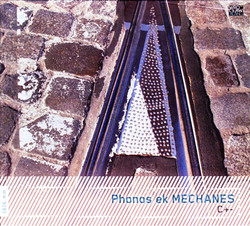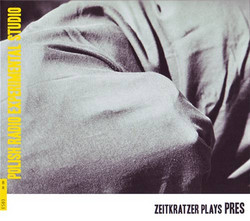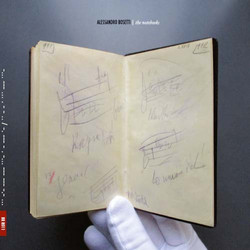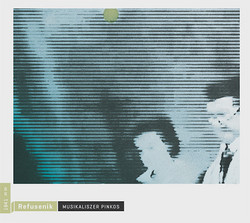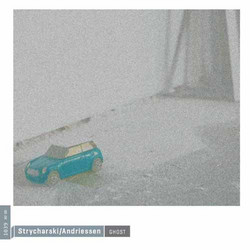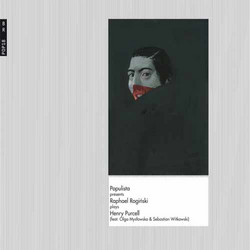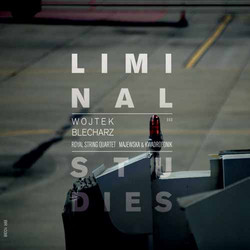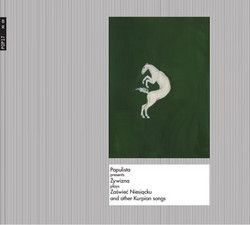The connections between the visual arts and experimental music were closer in the 1960s and 1970s than perhaps any time before or since. Sound and image combined in artists films, \'happenings\' and sounding installations. Experimental Forms of notation were also created to stimulate uninhibited musical expression.
Eastern European artists and composers were at the forefront of these new experiments with sound and yet their achievements have never been recorded until now. Sounding the Body Electric. Experiments in Art and Music in Eastern Europe 1957-1984, an exhibition at Calvert 22 in London, organized in conjunction with the Muzeum Sztuld in Lodi, fills in a missing chapter in the history of Sound Art.
The first experiments in sound were produced during the euphoric period known as the Thaw\' after Stalin\'s death. Composers and artists in Eastern Europe were given new opportunities to experiment. New recording studios equipped with magnetic tape recorders and later, synthesisers were established, first in Warsaw in 1957 and then throughout Eastern Europe. New and often challenging Forms of music by pioneers of electronic music like Krzysztof Penderecki were produced in these laboratories of sound.
In this context, the exhibition Sounding the Body Electric was a breakthrough. For the first time, the history of sound of the above mentioned period was told from a different point of view than the musicological one. On the following pages David Crowley and Daniel Muzyczuk write about the Experimental Studio\'s place in the wide spectrum of Eastern European art. To us, it is more important to see what the latter one tells us about PRES.
Experiments undertaken in Warsaw\'s Studio found their reflection on the magnetic tape – a fixed object presenting the final vision of the composer. In consequence, space was usually understood as a parameter of musical form defined by stereophonic system. The most vivid examples of this compositional legacy is an unfortunate and never fully exploited Oskar Hansen\'s project of adjustable acoustics of the Studio as well as Tomasz Sikorski\'s attempts at composing reverberations of instrumental sounds – brilliantly faked on console by Bohdan Mazurek.
For this album we were trying to find the pieces in PRES\' archives that would deviate from this dominant tendency.

